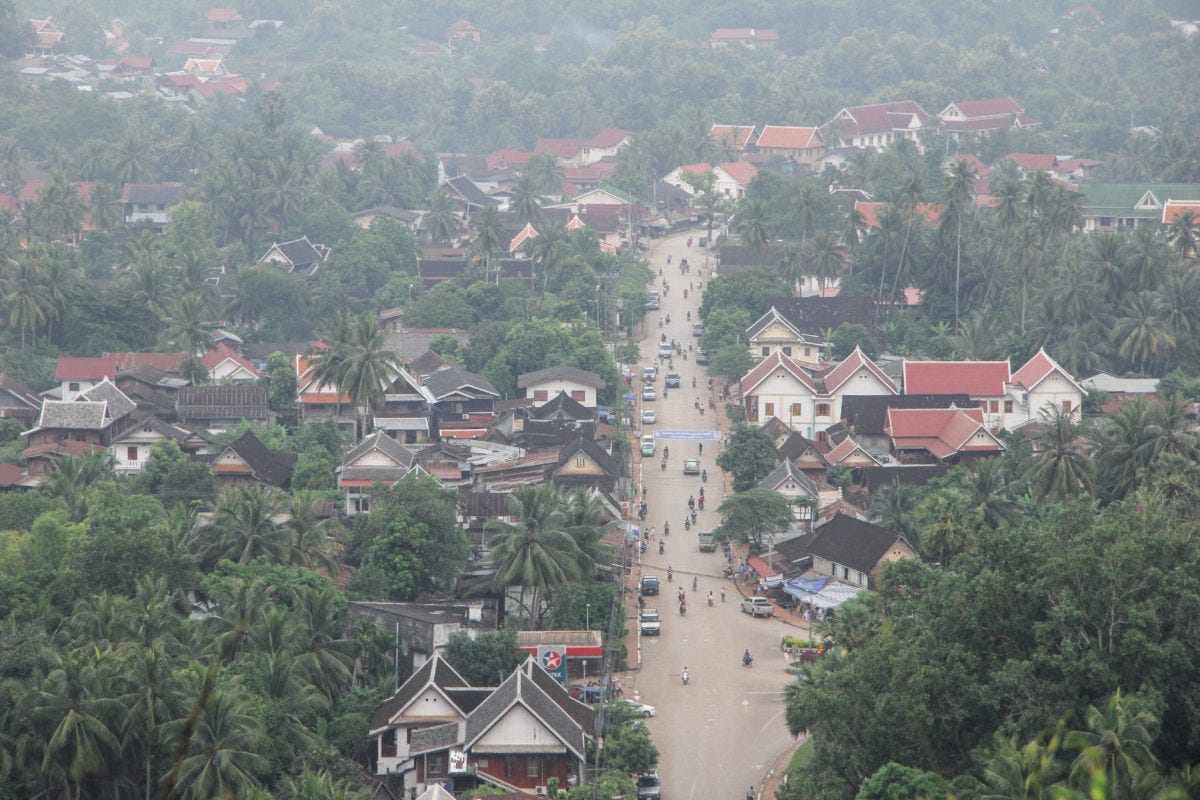Luang Prabang Threatened by Proposed Dam
World heritage site vulnerable to earthquake possibility, Thai specialist says

By: Tom Fawthrop
A leading Thai geologist is warning that a huge new dam proposed in an earthquake-prone region of northern Laos poses a high risk of endangering the famed UNESCO-World Heritage city of Luang Prabang.
The 1410-megawatt dam, expected to be Laos’s largest, is being developed by Thai construction giant CH Karnchang Plc on the Mekong River. It…
Keep reading with a 7-day free trial
Subscribe to Asia Sentinel to keep reading this post and get 7 days of free access to the full post archives.
